Spacetastically - SPACETASTIC

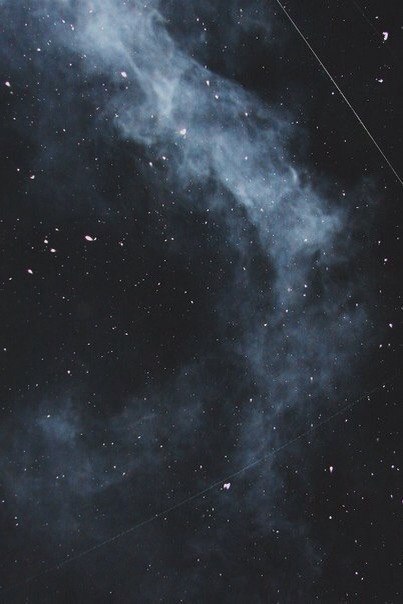
More Posts from Spacetastically and Others



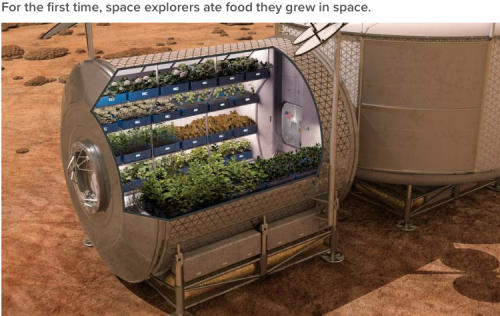


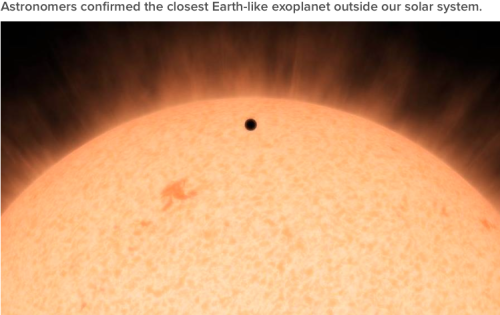


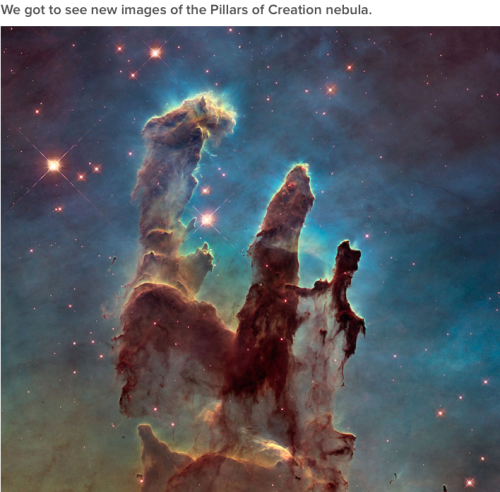
If you couldn’t tell already, NASA is having a great year. From Pluto to food grown in space, even in the face of budget cuts, the nation’s space agency had some stellar highlights. Most mysteriously of all, a spacecraft found two eerily bright lights on a distant dwarf planet.
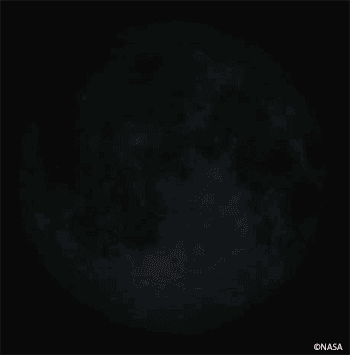
On Friday night, July 31, look skyward to see the second full moon of this month—a “Blue Moon.”
From Neil deGrasse Tyson, Director of the Hayden Planetarium:
“The average time between full moons is about 29.5 days. So any month but February can, in principle, harbor a Blue Moon. If you do the math, you will see that somebody gets a Blue Moon every 2.7 years, or so. Not particularly rare—no one thinks of Presidential elections as rare, yet they take place less often than Blue Moons. The Moon can actually look blue during rare (polluting) atmospheric conditions that involve volcanic eruptions and forest fires.”
Read Dr. Tyson’s full post.
*blows kiss up to the sky (for the aliens)*
apparently nasa confirmed there’s an ocean on one of Jupiter’s moons say it with me kids: space mermaids








The Eagle has landed: July 20, 1969










Steve Lodge’s Astronomical Art
Etsy | Instagram | Twitter
Astronauts are about to eat food grown in space. Technology has looped far enough around to make farming an astonishing achievement yet again.
*sees moon* *remembers outer space* nice



-
 the-letter-horror-lover liked this · 1 week ago
the-letter-horror-lover liked this · 1 week ago -
 mariamlaila reblogged this · 1 week ago
mariamlaila reblogged this · 1 week ago -
 i11umin-8 reblogged this · 1 week ago
i11umin-8 reblogged this · 1 week ago -
 nerd-traveler reblogged this · 1 week ago
nerd-traveler reblogged this · 1 week ago -
 artcticjade liked this · 1 week ago
artcticjade liked this · 1 week ago -
 saltycris reblogged this · 2 weeks ago
saltycris reblogged this · 2 weeks ago -
 fallenintime12 reblogged this · 2 weeks ago
fallenintime12 reblogged this · 2 weeks ago -
 maktub190 reblogged this · 2 weeks ago
maktub190 reblogged this · 2 weeks ago -
 saypetite reblogged this · 2 weeks ago
saypetite reblogged this · 2 weeks ago -
 wednesdays-woe6 liked this · 3 weeks ago
wednesdays-woe6 liked this · 3 weeks ago -
 hexewunderlich reblogged this · 3 weeks ago
hexewunderlich reblogged this · 3 weeks ago -
 hexewunderlich liked this · 3 weeks ago
hexewunderlich liked this · 3 weeks ago -
 serenamorena reblogged this · 3 weeks ago
serenamorena reblogged this · 3 weeks ago -
 adearline liked this · 3 weeks ago
adearline liked this · 3 weeks ago -
 da-sonickm reblogged this · 3 weeks ago
da-sonickm reblogged this · 3 weeks ago -
 conseguir-tu-mirada reblogged this · 3 weeks ago
conseguir-tu-mirada reblogged this · 3 weeks ago -
 acrybabyx reblogged this · 3 weeks ago
acrybabyx reblogged this · 3 weeks ago -
 acrybabyx liked this · 3 weeks ago
acrybabyx liked this · 3 weeks ago -
 nine-black liked this · 3 weeks ago
nine-black liked this · 3 weeks ago -
 y-hoy-te-toca-ser-feliz reblogged this · 3 weeks ago
y-hoy-te-toca-ser-feliz reblogged this · 3 weeks ago -
 shadedgarden liked this · 3 weeks ago
shadedgarden liked this · 3 weeks ago -
 playblackstar reblogged this · 3 weeks ago
playblackstar reblogged this · 3 weeks ago -
 playblackstar liked this · 3 weeks ago
playblackstar liked this · 3 weeks ago -
 ladynerdatthebeachhh liked this · 3 weeks ago
ladynerdatthebeachhh liked this · 3 weeks ago -
 gochecogo reblogged this · 3 weeks ago
gochecogo reblogged this · 3 weeks ago -
 gochecogo liked this · 3 weeks ago
gochecogo liked this · 3 weeks ago -
 musings-of-a-rambling-man reblogged this · 3 weeks ago
musings-of-a-rambling-man reblogged this · 3 weeks ago -
 b-v-d-habits reblogged this · 3 weeks ago
b-v-d-habits reblogged this · 3 weeks ago -
 vitaumbratilis reblogged this · 3 weeks ago
vitaumbratilis reblogged this · 3 weeks ago -
 sweetvalleycastle reblogged this · 3 weeks ago
sweetvalleycastle reblogged this · 3 weeks ago -
 sweetvalleycastle liked this · 3 weeks ago
sweetvalleycastle liked this · 3 weeks ago -
 mapache-albino reblogged this · 3 weeks ago
mapache-albino reblogged this · 3 weeks ago -
 mapache-albino liked this · 3 weeks ago
mapache-albino liked this · 3 weeks ago -
 look-ma-no-pants reblogged this · 3 weeks ago
look-ma-no-pants reblogged this · 3 weeks ago -
 vkmars liked this · 3 weeks ago
vkmars liked this · 3 weeks ago -
 suicidezombie10 reblogged this · 3 weeks ago
suicidezombie10 reblogged this · 3 weeks ago -
 suicidezombie10 liked this · 3 weeks ago
suicidezombie10 liked this · 3 weeks ago -
 miss-ansiedad23 reblogged this · 3 weeks ago
miss-ansiedad23 reblogged this · 3 weeks ago -
 miss-ansiedad23 liked this · 3 weeks ago
miss-ansiedad23 liked this · 3 weeks ago -
 lunadeagua94 liked this · 3 weeks ago
lunadeagua94 liked this · 3 weeks ago -
 bendaviss reblogged this · 3 weeks ago
bendaviss reblogged this · 3 weeks ago -
 soy-yo-otra-vez reblogged this · 3 weeks ago
soy-yo-otra-vez reblogged this · 3 weeks ago -
 soy-yo-otra-vez liked this · 3 weeks ago
soy-yo-otra-vez liked this · 3 weeks ago -
 huele-a-deprimido liked this · 3 weeks ago
huele-a-deprimido liked this · 3 weeks ago -
 procurementsworld reblogged this · 3 weeks ago
procurementsworld reblogged this · 3 weeks ago -
 procurementsworld liked this · 3 weeks ago
procurementsworld liked this · 3 weeks ago -
 chenchoyron reblogged this · 3 weeks ago
chenchoyron reblogged this · 3 weeks ago -
 taciturn4 reblogged this · 3 weeks ago
taciturn4 reblogged this · 3 weeks ago